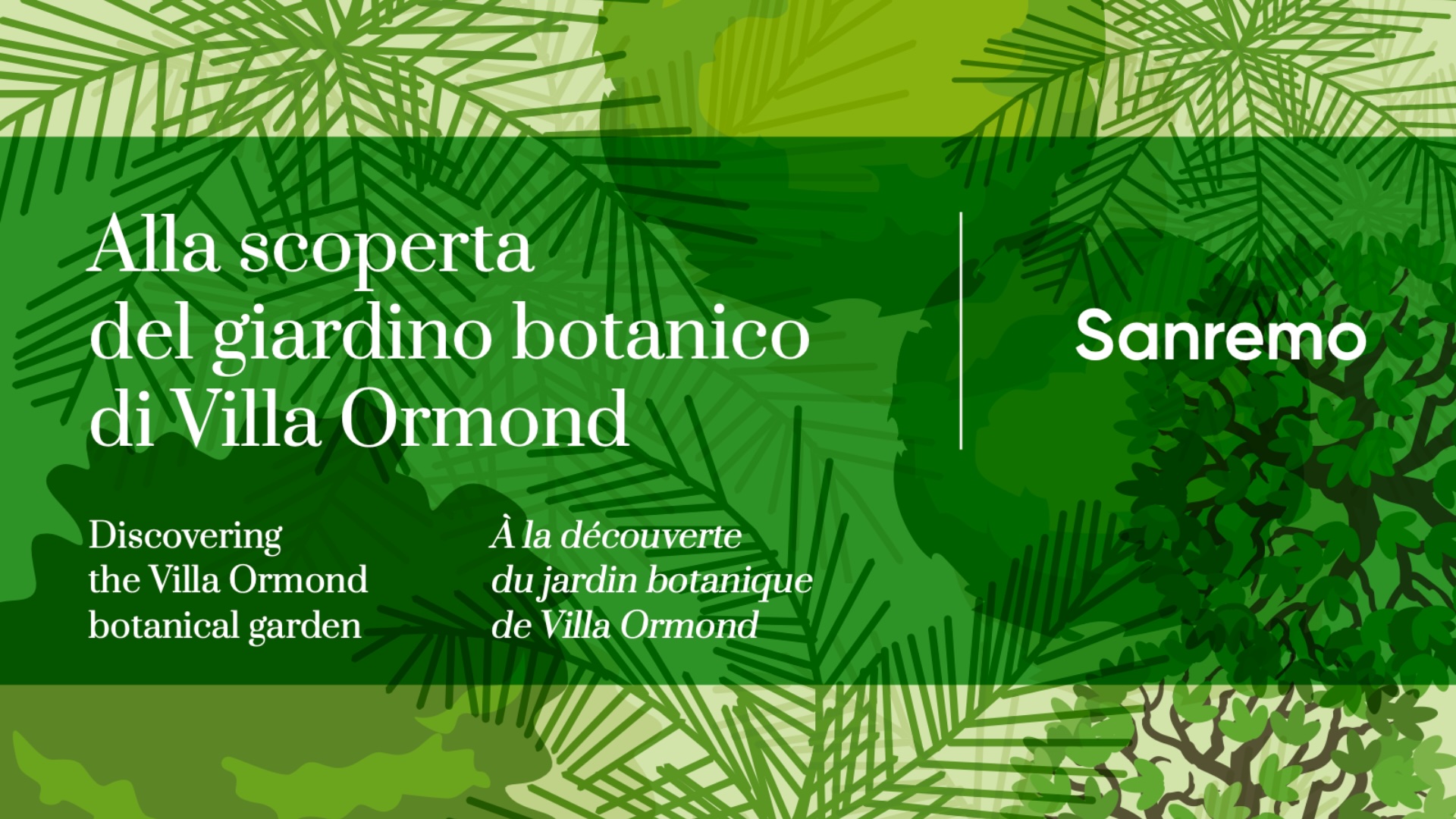The genus name derives from the Brazilian vernacular term for the plant, while the specific epithet refers to the appearance of the leaves, which resemble those of mimosas.
| Common name | Blue mimosa |
| Origin | Plant from South America, Argentina and Bolivia. |
|
Description |
A large tree of particular beauty, both for its elegant bearing, with soft, expanded and open branching, and for its spectacular flowering in early summer, sometimes repeated in autumn. Trunk usually twisted, with dark, very rough, fissured bark. Its wood colour fades from pale grey to whitish, straight-grained, relatively soft and knotless. Leaves deciduous, opposite and bipinnate, large and composed of numerous pinnules, with narrow opposite leaflets, green on the upper side and pale on the reverse side. Flowers tubular-campaniform, hermaphrodite, pendulous, of a more or less intense turquoise colour, collected in very decorative panicles at the ends of the branches. The flowers are followed by dried fruits which are bivalve, woody, flattened, green, medallion-like capsules with a wavy edge, turning brown when ripe; inside are numerous winged, coffee-coloured seeds. Jacaranda wood is hard, heavy, strong, aromatic and in demand for cabinet-making and carpentry. It is a much-loved plant in Argentina and the artist Alejandro Dolina, in his book Crónicas del Ángel Gris, recounts the legend of an enormous Jacarandá tree in Plaza Flores in Buenos Aires, which was able to whistle tango songs on demand. The plants grown at Villa Ormond were planted in the 1990s. |

